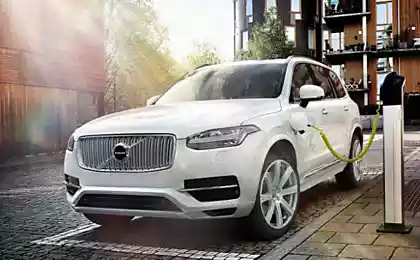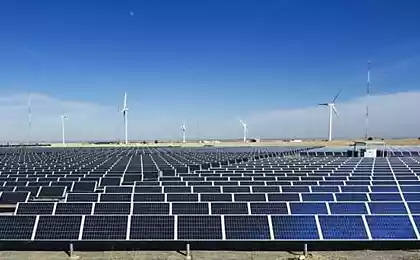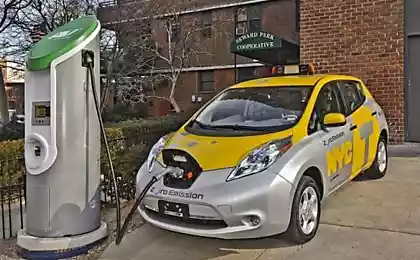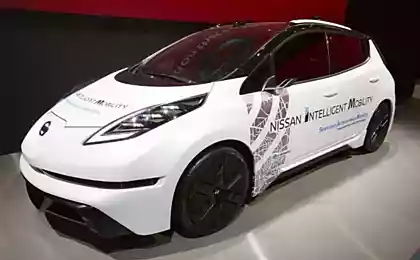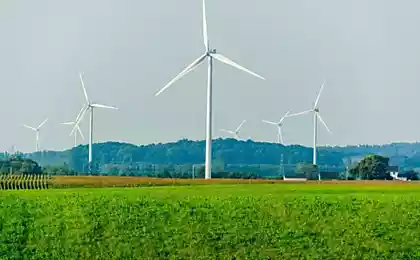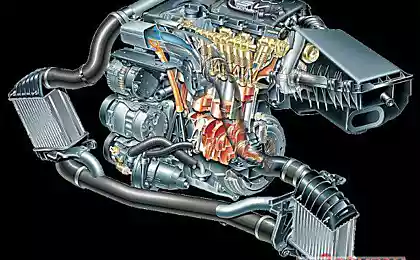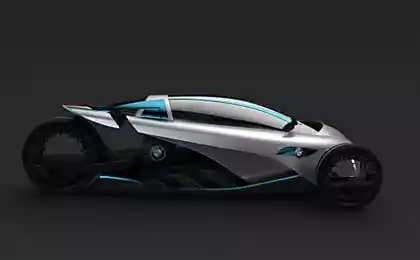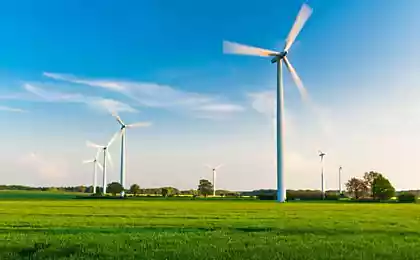203
In the first three months of 2014, 1.4 GW of EV batteries were produced.
Even without Tesla’s future giga factory powered by solar and wind, the world already produces a lot of batteries for plug-in electric vehicles. Battery output figures for the first three months of 2014 were recently released, and they show a threefold increase over the past three years with production of about 1.4 gigawatt-hours (GW) of batteries per quarter. Even in the absence of growth, the total battery capacity is 5.6 GW per year! But it is clear that in the coming years there will be strong growth in the production of battery cells for electric vehicles and plug-in hybrids. It wouldn’t come as a surprise if production exceeded 10 GW in the relatively short term.
Lithium-ion technology is clearly leading the way with 68 percent of the total battery production, and nickel-metal-hydride (NiMH) technology holds 28 percent, thanks largely to Toyota, which still uses the technology in a non-connected version of its bestseller Prius.
Japanese battery maker Panasonic plays a leading role in the electric car battery market and has made a giant leap thanks to a contract to supply Tesla Motors products. As you can see from the chart, the Japanese battery maker’s real growth came at the end of 2012, while other manufacturers were gradually ramping up production.
If you compare the sales of batteries for hybrid and plug-in cars, hybrids produce much more batteries, but given their smaller size, the total capacity of plug-in batteries is still higher. In the first quarter of 2014, 481 MWh of hybrid batteries were manufactured, while plug-in cars took over 774 MW.
Source: aenergy.ru


